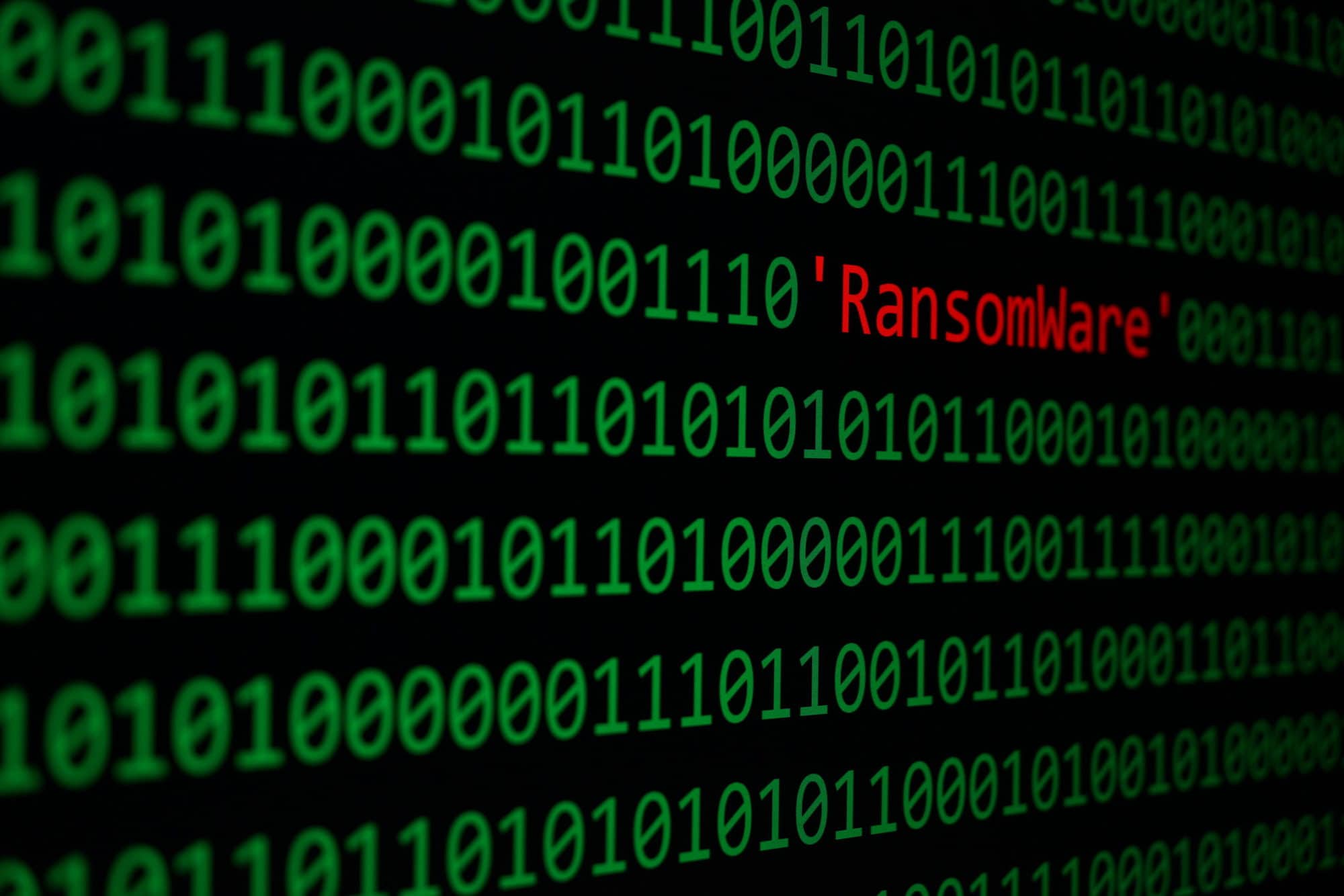
Table of Contents
Ransomware is one of the top cyberthreats that business in Dallas, Fort Worth, and the rest of the country face. As hackers get a quick payday by holding files hostage in the form of encryption, it emboldens them to just keep hitting more organizations.
Between Q2 of 2018 and Q2 2019, ransomware attacks on businesses rose by 365%, and they are continuing to be coupled with more sophisticated phishing tactics designed to fool users into infecting their networks.
In August of 2019, 22 Texas municipal governments were hit in a large ransomware attack with hackers demanding a combined ransom of $2.5 million.
This scenario has become all too common around the country, so much in fact that last October the FBI issued an alert to U.S. businesses and organizations about “high-impact” ransomware attacks targeting them.
What Happens in a Ransomware Attack?
In a ransomware, attack a device, or often entire computer network, is infected with a script that encrypts data, making it unreadable.
Ransomware infections are usually the result of phishing emails or drive-by downloads on malicious sites.
Once a network is infected, the company has two options to get their data back:
- Have the ransomware removed and restore all their data from a prior backup.
- Pay the ransom and hope the hacker provides a promised key to decrypt the data.
Ransomware attacks are so devastating because they often take down an organization’s business systems in part or entirely. This can be anything from the ability access customer records to appointment systems or online ordering systems.
There are a number of important steps that businesses can take to prevent a ransomware infection at their business.
What You Can Do to Protect Against Ransomware
The average cost of a ransomware attack for a small business is $200,000. Preventative measures are the best way to avoid suffering a big loss from ransomware that could hurt your business for months or years after the attack.
All of these critical tips for protecting your business against ransomware will also help protect you from other cyber threats.
Back Up Your Data Offsite
Having a recent data backup that you can restore is the thing that’s going to save you from having to pay a ransom to regain access to your data. With a backup, you take away the hacker’s leverage.
But it’s important that your backup be offsite – like a cloud backup – otherwise your backup could be infected with ransomware. An onsite backup connected to your computer, could easily become infected along with the other devices on your office network, but a cloud backup will stay secure by being stored offsite.
Security Awareness Training
Phishing emails are the main delivery method for ransomware and other forms of malware, which makes user awareness training key to fortifying your last line of defense.
Train users how to identify phishing emails, what to do when they get one, and the steps they should take if they think they may have clicked a malicious link or opened a dangerous file attachment.
Update Systems and 3rd Party Software
Certain types of ransomware infect your system using operating system or software vulnerabilities. For example, the Ryuk strain of ransomware, which is responsible for approximately 23.9% of attacks against enterprises, exploits vulnerabilities in Adobe Acrobat and Reader and Internet Explorer, among others.
It’s vital to ensure you are regularly applying updates to the operating systems and software on your company devices to ensure security patches are applied in a timely manner. One of the most reliable ways to do this is through a managed IT services plan that handles patch and update management for you.
Antivirus & Ransomware Protection
Having the right IT security software can help you stop malicious ransomware from getting into your system and can backstop your users in a few different ways.
Software that scans file attachments for malware can keep dangerous files from being opened and block them from user inboxes all together.
Web protection applications can keep ransomware from downloading onto a device even after an employee clicks a malicious link. When a malicious site is detected, the user is redirected to a warning page instead of the URL.
Anti-phishing and spam apps can help to drastically reduce the junk email that your employees have to sort through and keep out phishing emails, reducing the chance that they’ll get fooled and accidentally introduce ransomware into your system.
Use Multi-Factor Authentication
If a hacker is able to get past a weak user password and gain entry into your system, it’s easy for them to plant ransomware or do damage in other ways.
Enabling multi-factor authentication is an effective way to secure your network and data and increase password security companywide.
Is Your Business Ready for a Ransomware Attack?
Cloudavize can help you prepare and defend against ransomware attacks through a number of best practices, such as managed cloud backups and patch and security updates.
Contact us today for a free consultation and ensure your business network and data are secure.